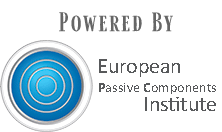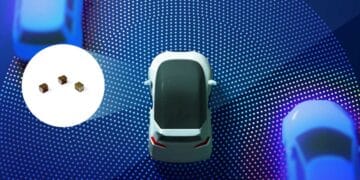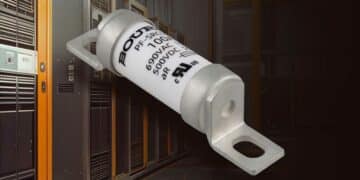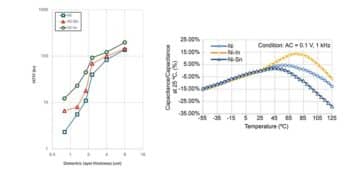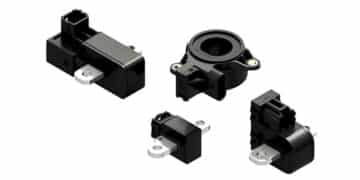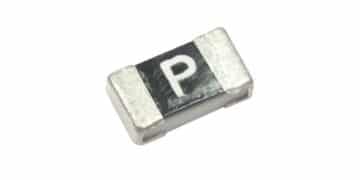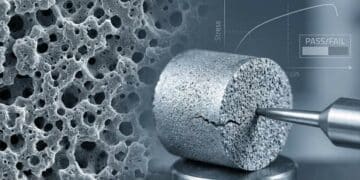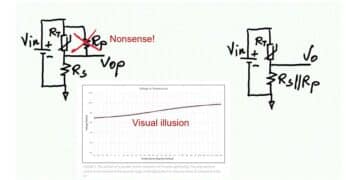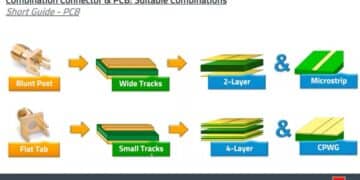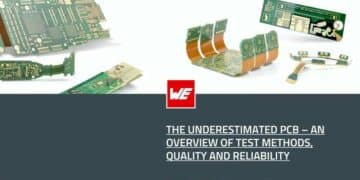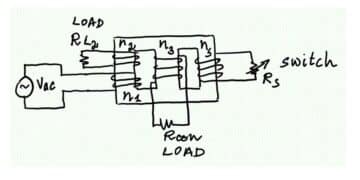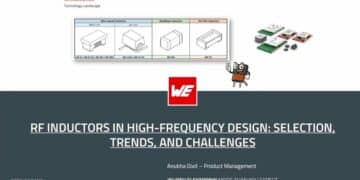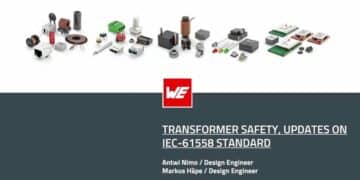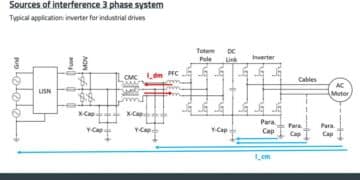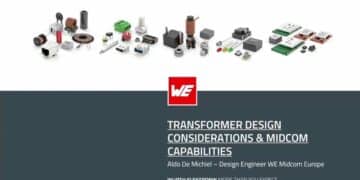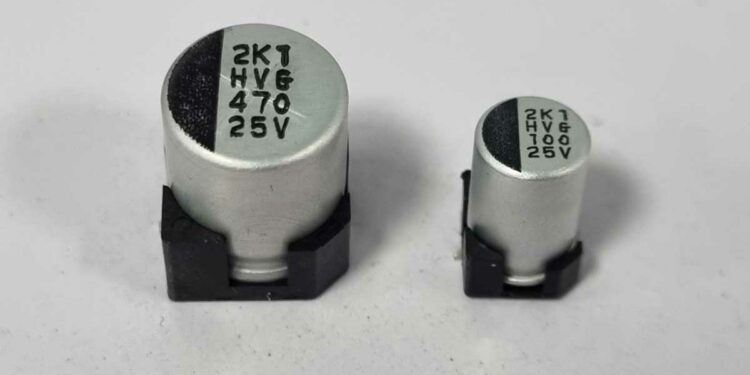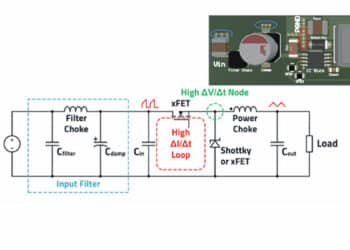VINATech expands capacitor portfolio with acquisition of Enesol, introducing advanced polymer and hybrid aluminum capacitor technologies to EMEA Market.
VinaTech, a global leader in energy storage solutions, announced the successful acquisition of Enesol, the pioneering Korean company renowned for its development and manufacturing of Aluminum Polymer and Aluminum Polymer Hybrid capacitors.
This strategic acquisition significantly broadens VinaTech’s capacitor product lineup, bringing cutting-edge technology and high-performance solutions to the European, Middle Eastern, and African (EMEA) markets.
Enesol, now integrated into the VINATech family, was the first company in Korea to specialize in these advanced capacitor technologies. This acquisition allows VINATech to offer EMEA customers an expanded range of capacitors with key highlights including:
- Advanced Technology: Products available in the 150V class and capable of operating at temperatures exceeding 150℃.
- Uncompromising Quality: Backed by robust warranties including 125℃ operation for 4,000 hours and 105℃ operation for an impressive 20,000 hours, with a guaranteed operating temperature range of -55℃ to 150℃.
- Significant Production Capacity: Over 250 million units annual production capacity ensuring reliable supply for projects of all sizes.
- Wide Product Range: Voltage options spanning from 2.5V up to 150V, with compact dimensions ranging from 5-10Φ diameter and 5-23mm height.
- Fast Turnaround Times: Efficient lead times of just one week for sample development and four weeks for mass production.
While Enesol capacitors have a strong track record in home appliance projects such as consumer electronics and LED lighting, their advanced characteristics also make them ideal for demanding industrial and automotive applications. These include motor controllers, electric vehicle charging systems, and body control units in vehicles.
Notably, Enesol’s Aluminum Polymer Hybrid capacitors are perfectly suited for the stringent requirements of the automotive sector. Their superior characteristics, including operation up to 150℃ and a high-temperature load life of up to 10,000 hours, are garnering significant attention from Original Equipment Manufacturers (OEMs) and Tier 1 suppliers across EMEA. These exceptional performance metrics provide a compelling alternative to conventional electrolytic capacitors, offering enhanced reliability and performance in applications such as infotainment systems, lighting lamps, HVAC controllers, and more.
With the integration of Enesol’s expertise and product portfolio, VINATech is poised to become a leading provider of high-performance Aluminum Polymer and Hybrid capacitors in the EMEA region. The company is committed to providing innovative solutions that meet the evolving needs of its customers across diverse industries.
VINATech is a global leader in energy storage solutions, specializing in the development and manufacturing of Supercapacitors and now, through the acquisition of Enesol, a comprehensive range of Aluminum Polymer and Aluminum Polymer Hybrid capacitors. With a commitment to innovation and quality, VINATech provides cutting-edge energy storage solutions for a wide range of applications across the globe.
